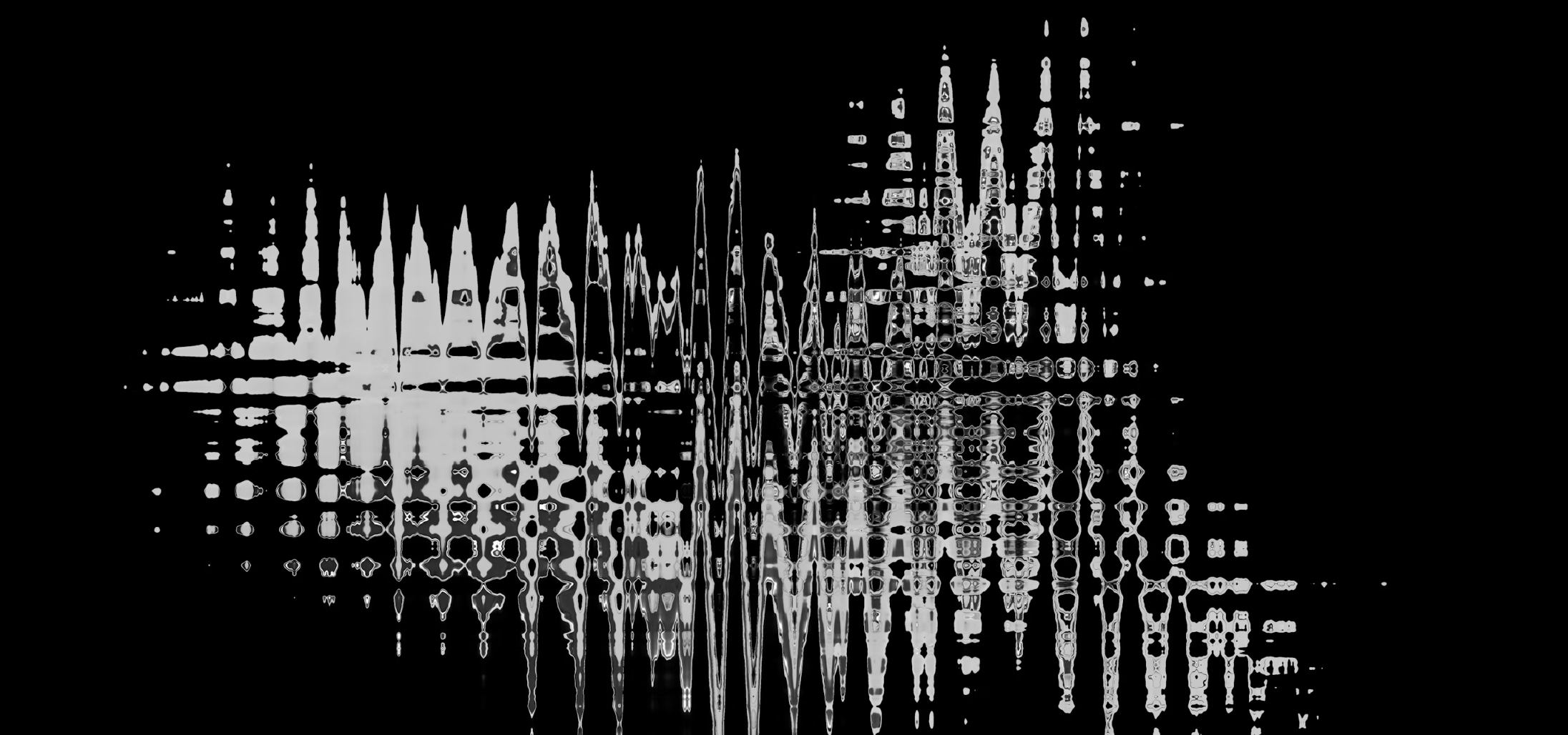The Human-AI Partnership: Building Tomorrow Together

The relationship between humans and artificial intelligence has evolved far beyond the science fiction narratives of replacement and competition. Today, we're witnessing the emergence of something far more nuanced and promising: a true partnership where human creativity meets machine capability, where our distinctly human strengths complement AI's computational power.
Beyond the Replacement Myth
For years, discussions about AI have been dominated by fears of job displacement and human obsolescence. While these concerns deserve serious consideration, they miss a fundamental truth about how the most successful AI implementations actually work. The most transformative applications of AI don't replace human judgment—they amplify it.
Consider how AI is revolutionizing medical diagnosis. Radiologists aren't being replaced by AI systems that can detect patterns in medical imaging. Instead, these tools are becoming sophisticated partners that can process vast amounts of data quickly, flagging potential areas of concern and allowing doctors to focus their expertise where it matters most. The AI handles the initial screening and pattern recognition, while humans provide the contextual understanding, empathy, and complex decision-making that medicine requires.
The Complementary Nature of Human and AI Strengths
The power of human-AI partnership lies in how naturally our capabilities complement each other. Humans excel at creative problem-solving, emotional intelligence, ethical reasoning, and understanding context and nuance. We're masters of ambiguity, capable of making intuitive leaps and understanding the deeper meaning behind surface-level information.
AI systems, meanwhile, can process enormous datasets without fatigue, identify patterns across scales that would be impossible for humans to detect, maintain consistency in repetitive tasks, and perform complex calculations at incredible speed. They don't get tired, don't have bad days, and don't bring unconscious bias to pattern recognition tasks.
When these strengths work together, the results can be extraordinary. Writers use AI to overcome creative blocks and explore new directions, then apply their human insight to shape and refine the output. Data scientists use machine learning to identify trends in complex datasets, then apply their domain expertise to understand what those trends actually mean for real-world applications.
Practical Partnership in Action
Across industries, we're seeing innovative examples of human-AI collaboration that point toward a future of enhanced human capability rather than replacement.
In education, AI tutoring systems provide personalized learning experiences that adapt to each student's pace and learning style, while human teachers focus on mentorship, inspiration, and the complex social and emotional aspects of education that require genuine human connection.
In business, AI handles routine analysis and reporting, freeing human analysts to focus on strategic thinking, relationship building, and the kind of innovative problem-solving that requires deep understanding of human motivations and market dynamics.
Challenges and Considerations
This partnership isn't without its challenges. As we integrate AI more deeply into our work and decision-making processes, we must grapple with questions about accountability, transparency, and the potential for over-reliance on automated systems. We need to develop new skills for working effectively with AI tools while maintaining our critical thinking abilities.
There's also the crucial need to ensure that AI systems are developed and deployed ethically, with appropriate safeguards against bias and misuse. The partnership model requires humans to remain actively engaged as stewards and guides, not passive consumers of AI-generated outputs.
The Future of Collaboration
Looking ahead, the most successful organizations and individuals will be those who master the art of human-AI collaboration. This means developing AI literacy—understanding how these systems work, their limitations, and how to work with them effectively. It also means cultivating the distinctly human skills that become more valuable in an AI-enhanced world: creativity, empathy, ethical reasoning, and the ability to find meaning and purpose in our work.
The future isn't about humans versus machines—it's about humans with machines, creating possibilities that neither could achieve alone. In this partnership, we don't lose our humanity; we amplify it. We don't become obsolete; we become more capable of tackling the complex challenges that face our world.
As we move forward, the question isn't whether AI will change how we work and live—it already is. The question is whether we'll embrace the partnership model, thoughtfully integrating these tools in ways that enhance human flourishing while maintaining the values and qualities that make us fundamentally human. The early signs are promising, and the potential is extraordinary.





